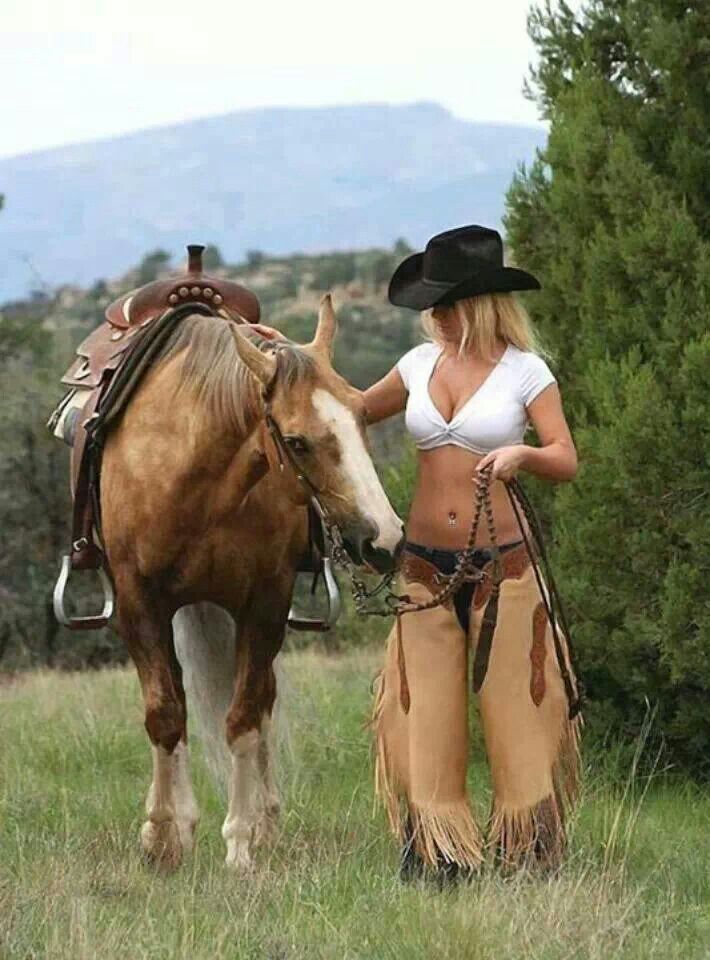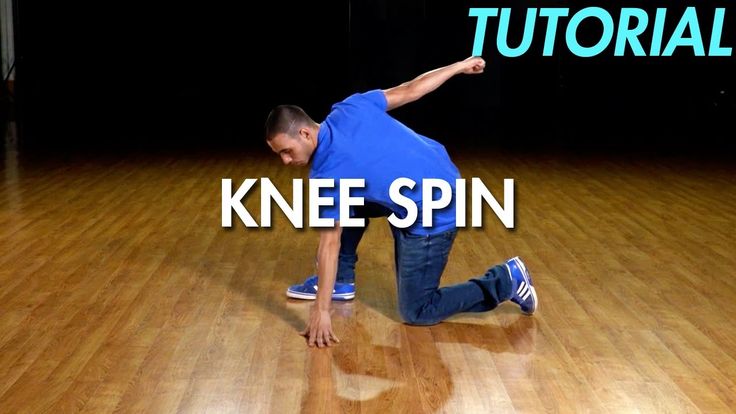How to country dance
Country dance lessons - 2 step country western dancing
Learn how to country dance with our videos. This dance style is done both socially and competitively mostly in the USA! Country Western dancing includes a few different dances such as: country 2 Step, Polka, Waltz and Swing. There are many Line Dances as well. This is a fun style of dance and there is much to learn. Here are some free basic steps you can learn right away.
Country dance lessons
How to 2 step – Country dance basic step:
This is the most basic step in partner country dance. It is basically just 4 walks forward for the guys and 4 walks back for the ladies. The way to count is Q,Q,S,S.
How to Do Basic Turn in Closed Position – Country dance:
In this second lesson you will build on what you just learned above. This step shows you have you can turn around one another and switch directions. The guys need to lead the ladies strongly so that they can pass through.
How to Do the Cowboy Boogie – Country dance move:
Learn this Country Line Dancing routine. You do this one all on your own! This is great for those of you who don’t always have a partner around. You can teach it to your friends and dance it all together at your favorite bar.
History of Country dancing:
Country dancing was actually born out of foreigners from England, Ireland and Africa. They brought their styles of dance from their home countries to America including Waltz and polka. Later, Polka evolved into the 2-step which is the essential dance of Country dancing.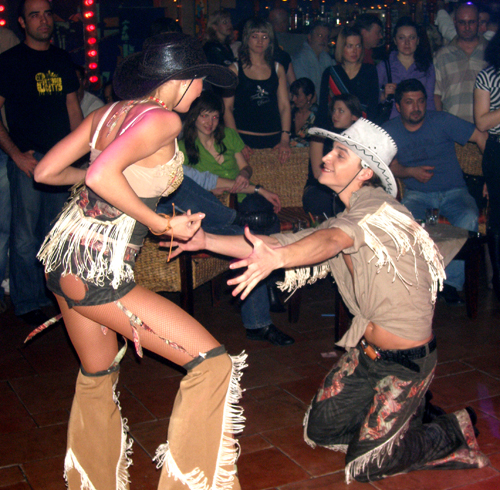 Other styles that are considered Country dancing are Country Waltz, Cowboy cha cha and East/West Coast Swing.
Other styles that are considered Country dancing are Country Waltz, Cowboy cha cha and East/West Coast Swing.
People would dance just about anywhere they could – in bars, dance halls and house parties. In the 1920’s Country music was commercialized and with it Country Western style of dancing. Cowboys loved to dance and would often dance in bars late at night by leading this very social dance. Because of the Cowboy boots this dance involves the technique of using the heel and only later landing to the toe, there is a relaxed, calm upper body with minimal hip action.
Leading and following Tips:
– Both partners must maintain a nice posture and stretch up. From there, you want to connect to one another through the man’s left hand and ladies right hand.
– When the man leads he doesn’t use his arms, but instead his own body weight… By moving his body forward hi gives a very strong single that he wants to move. At the point the the ladies feel the man’s spine moving forward, they need to respond as fast as possible and move.
– The man is responsible to lead the lady’s direction and timing. For example, if the man wants to syncopatesome steps he needs to make that very clear to his partner.
Want to learn other dances? Visit the page below:
https://www.learntodance.com/online-dance-lessons/
Other dance styles:
How to Ballroom dance
Social basic dance steps – Ballroom
Ballet dance terms
how to hip hop dance
How to breakdance
How to dance in a club and parties
How to Line Dance | Beginner’s Guide for 2023
Learning how to line dance is a fun endeavor for you and a friend or group of friends. According to Stanford University, “the health benefits of dancing include stress reduction, increased cognitive acuity and the ability to ward off the onset of Alzheimer’s disease and dementia.” Along with lifting moods, easing anxiety and improving balance and flexibility, it’s just plain fun! You don’t even need a partner.
Movies like Sweet Home Alabama, Cool Runnings, Thelma and Louise and even Shrek Forever After feature the fun of learning how to line dance.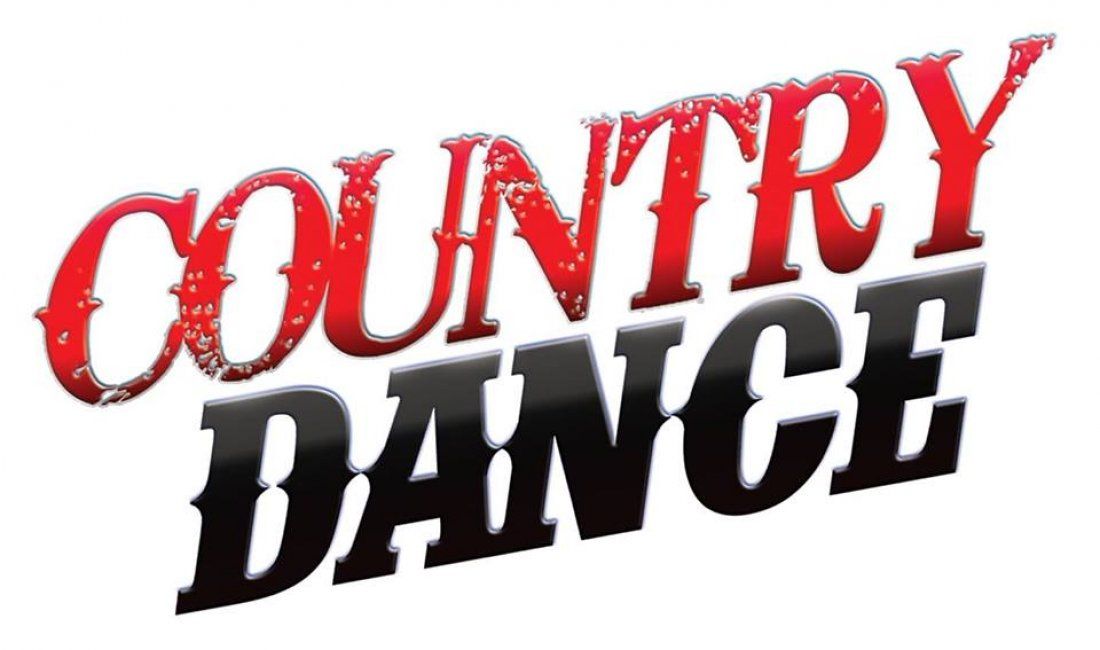 Who wouldn’t want to get in on this social and energetic dance movement?
Who wouldn’t want to get in on this social and energetic dance movement?
So what is line dancing and how do beginners get started? From stepping left to turning right, to staying in your own row, learning how to line dance can appear to be an intimidating concept to master. We’ve compiled an introduction to learning how to line dance that includes its basic steps and what it's all about to help you get on the right foot (pun intended)!
Jump to Section
- Line Dancing Lessons
- What is Line Dancing?
- Five Basic Line Dance Steps
- Popular Line Dances
- Line Dance Songs
Line Dancing Lessons
Dance Classes
Line dancing for beginners is easy when you book classes with professional dancers. With dance classes in NYC, dance classes Las Vegas or dance classes in Colorado Springs, you can join a group of like-minded beginners for a fun and energetic evening as you learn how to line dance.
Not ready to show off your skills? You can also sign up for online dance classes to attend from the comfort of your own living room. Check out dance classes near you to find the perfect class to learn how to line dance at your own comfort level.
Social Settings
Another way to learn how to line dance is to jump right in there — figuratively and literally! Bars, dance clubs and group gathering places across the country are one of the best ways to learn how to line dance. Line dancing is even done at weddings. While Texas and Tennessee offer a plethora of dance halls, you’ll find places all over the U.S. to learn how to line dance. Here are a few:
- Wildhorse Saloon in Nashville, Tennessee
- The Grizzly Rose in Denver, Colorado
- Billy Bob’s in Fort Worth, Texas
- Ponderosa Lounge and Grill in Portland, Oregon
- Robert’s Western World in Nashville, Tennessee
- Cowboy Country Saloon in Long Beach, California
- The Bowery in Myrtle Beach, South Carolina
- Pop’s Tavern in Baltimore, Maryland
- Gilley’s Saloon in Las Vegas, Nevada (Sound familiar? The original Gilley’s was in Pasadena, Texas and the film site for Urban Cowboy.
 )
) - Coyote Joe’s in Charlotte, North Carolina
via Canva
What is Line Dancing?
Line dancing involves synchronized movements done in unison to choreographed steps. Dancers line up in rows facing in the same direction (though it can also be done facing each other). Each movement (whether it’s a step, hip movement or a wobble) is timed to the music.
Line Dancing History
Line dancing may seem like a fairly new dance, but it goes back to the 1920s with the Shim Sham. In fact, African, Native American and European cultures have histories of dance styles like line dancing. New generations add movements, steps, songs and style to add on to the genre, making learning how to line dance an ever-evolving sport.
Country Line Dancing
The style became more mainstream and widely popular in 1992 with Billy Ray Cyrus’ “Achy Breaky Heart.” Everybody and their brother wanted to learn how to line dance to country music! The song filled up country line dance saloons and bars with cowboy hat, boot and denim-wearing dancers of all ages.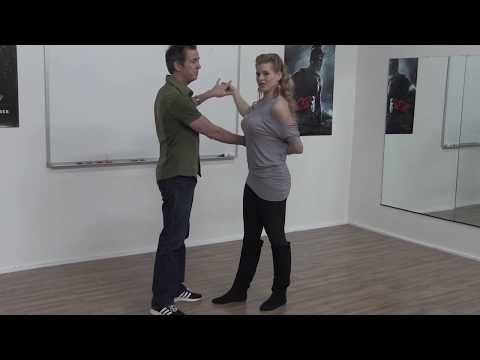
This is probably the scene most visualize when they think of line dancing. And, while it has evolved from traditional country line dances like square, round and folk, the wonderful thing about the genre is that anybody can learn how to line dance.
Line dancing has millions of combinations of steps, combined with walls, so this is one dance where you can grow skills and movements the more you practice learning how to line dance.
Steps and Touches
As you get started learning how to line dance, the most important aspect is figuring out steps. A step is when you change your weight. A touch is when you don’t change the weight (this is mainly used to change directions).
Put basically, there’s a step for each beat in 4/4 time (four steps over four music beats). To time your steps, count from one to eight or do a count of 1, 2, 3, 4 – 1, 2, 3, 4.
Walls
When learning how to line dance, keep in mind that formations have either one, two or four walls.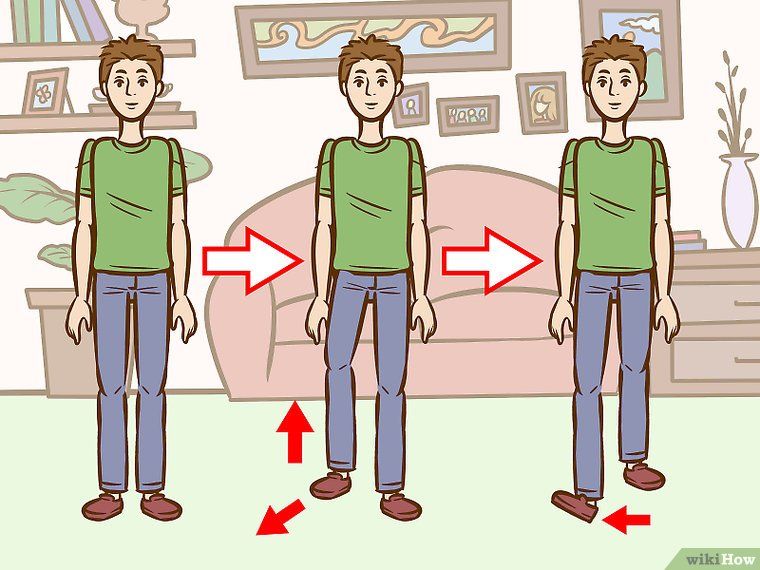 A wall refers to the direction that the dancers are facing (think of it like they’re forming a wall/barrier). With one and two wall versions, dancers are always facing the front and back walls.
A wall refers to the direction that the dancers are facing (think of it like they’re forming a wall/barrier). With one and two wall versions, dancers are always facing the front and back walls.
One-wall means everyone faces the same direction when performing steps. Two-wall is when, at the end of each dance sequence, everyone turns 180 degrees. Then, they begin again facing the back.
Four-wall is the most difficult, especially when you’re just beginning to learn how to line dance. At the end of the steps, everyone turns 90 degrees and proceeds facing one of the side walls.
Throughout the dance, dancers finish and start again by facing a new wall. When you’re first learning how to line dance, it’s best to stick to the basics and add on as you get accustomed.
via CanvaFive Basic Line Dance Steps
While it’s seen as a group effort, you can learn how to line dance alone, which makes it terrific for line dancing for beginners to practice right at home.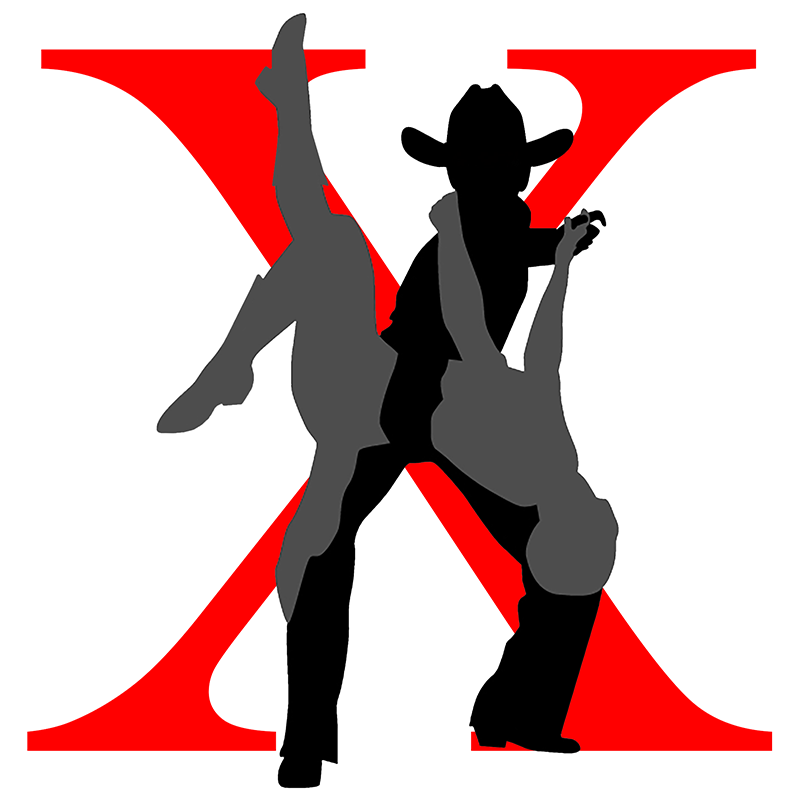 You just have to learn some basic counting, combined with the steps and you’re ready to go. Accurate timing and the proper foot placement are the key things to remember when you learn how to line dance.
You just have to learn some basic counting, combined with the steps and you’re ready to go. Accurate timing and the proper foot placement are the key things to remember when you learn how to line dance.
So, what are the five basic steps in line dancing and how do you do them? By becoming familiar with the five basic line dance step names listed below, you'll have a great headstart for your first official line dancing lesson.
1. Grapevine
The grapevine is a continuous traveling step that goes to the side with crossing behind and/or in front. It involves a three count move to either side. On the fourth count, you have the option of a brush, kick or scoot.
2. Weave
A weave is the same as a grapevine but with four counts.
3. Scoot
A scoot, as the name implies, is a slide of the weighted foot in a forward, backward or sideways motion. The opposite leg is raised with a bent knee.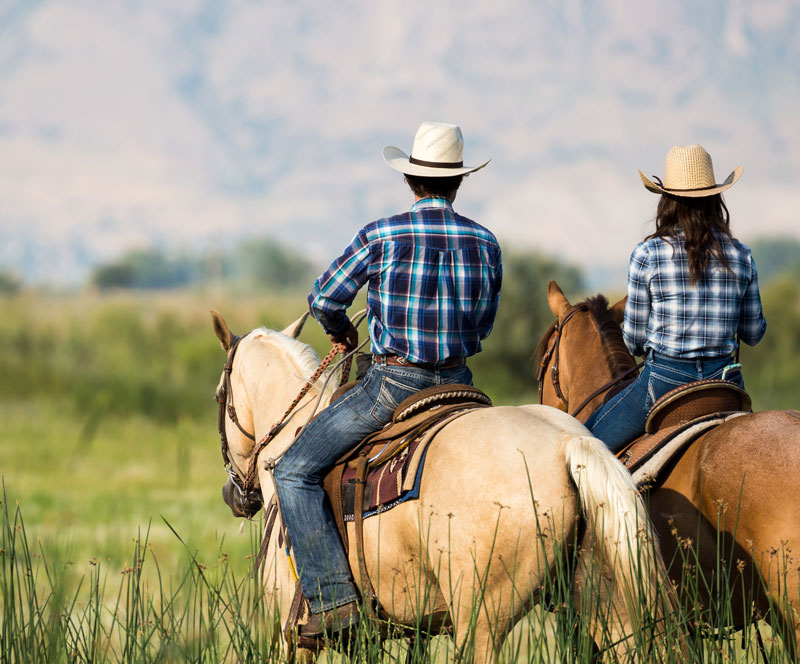 A scoot can also be done with weight on both feet.
A scoot can also be done with weight on both feet.
4. Brush
A brush is when the free leg swings forward or back as the sole of the foot brushes the floor.
5. Kick
A kick is a leg lift movement in any direction. Don’t completely straighten the knee.
via CanvaPopular Line Dances
When it comes to learning how to line dance as a beginner, it is best to start with some of the easiest line dances. You may be familiar with popular dances, such as the Cupid Shuffle or the Electric Slide, which often play at weddings or other dance events. You can learn how to line dance these hit numbers in no time!
The Cupid Shuffle
The Cupid Shuffle is one of the easiest line dances for beginners learning how to line dance for the first time. The song tells you just what to do! “To the right, to the right, to the right…to the left, to the left, to the left...“
- Take eight side steps to the right (last step is a touch step)
- Next take eight counts to the left
- Then eight heel steps in place
- Last, do eight counts of stepping in place and turn ¼ to the left
- You’ll now be facing a different wall and you’ll then repeat the same steps
Cowboy Boogie
- Take a grapevine step (step to the side, step behind, step to the side) to the right
- Do a hitch (knee up) move at the end
- Repeat this same step and hitch to the left
- Next, a step forward with a hitch
- Another step forward and hitch
- Step back for three counts with a hitch at the end
- Then “boogie” with hips (this means to do a small hip movement forward and back)
- Then turn ¼ to face new wall
- Repeat steps facing the new wall
Line Dance Songs
There are a variety of different choreographed songs within the line dancing genre. Not all songs are performed to the same steps, which may make it more difficult, but certainly gives it a unique advantage and lots of fun steps to learn.
Not all songs are performed to the same steps, which may make it more difficult, but certainly gives it a unique advantage and lots of fun steps to learn.
Steps are usually choreographed to a specific song, which then becomes the name of that routine. Some popular ones include: The Stroll, the Cowboy Boogie, the Electric Slide, the Achy Breaky Heart, the Macarena, the Cha-Cha Slide, the Cupid Shuffle and the Wobble.
When learning how to line dance for beginners, try “Two-Step” (by Laura Bell Bundy featuring Colt Ford). This is not to be confused with the two-step partner dance.
The Electric Slide and Cowboy Hustle (done to Vince Gill’s “What the Cowgirls Do”) are beginner line dances to try. “Watermelon Crawl” (Tracy Byrd), “My Maria” (Brooks & Dunn), “Cha Cha Caliente” (Jennifer Lopez) and "Rockin’ the Wagon Wheel" (Darius Rucker) are more on the beginner-moving-into-immediate side.
Popular Line Dance Songs
- “Boot Scootin’ Boogie” (Brooks & Dunn)
- “Achy Breaky Heart” (Billy Ray Cyrus)
- “Watermelon Crawl” (Tracy Byrd)
- “Any Man of Mine” (Shania Twain)
- “Man! I Feel Like a Woman!” (Shania Twain)
- “Macarena” (Los Del Rio)
- “The Loco-Motion” (Little Eva)
- “Gangnam Style” (PSI)
- “Old Town Road” (Lil Nas X featuring Billy Ray Cyrus)
- “Cupid Shuffle” (Cupid)
- Electric Slide (done to the song “Electric Boogie” by Bunny Wailer)
- “Hoedown Throwdown” (Miley Cyrus)
When it comes to learning how to line dance, the best piece of advice is to just have a good time. You don’t even have to be a country music fan with all the pop, salsa and jazz-inspired line dances out there! Once you’ve gotten the steps down, you can put your own spin on what you do in between. Add some funky hip, torso or hand movements to shake it up!
You don’t even have to be a country music fan with all the pop, salsa and jazz-inspired line dances out there! Once you’ve gotten the steps down, you can put your own spin on what you do in between. Add some funky hip, torso or hand movements to shake it up!
Whether you’re learning how to line dance by taking line dancing lessons or joining a dance at a club, party, wedding reception or other event, you’ll be among like-minded dance enthusiasts as you learn how to line dance. You’ll be line dancing like a pro in no time!
For even more creative ideas and inspiration, check out other experiences happening on Classpop!
Related Articles
A Beginner's Guide to Bachata DancingA Beginner's Guide to Cumbia Dancing
How to Belly Dance (With Confidence!)
How to Slow Dance With Style
How to Salsa Dance Beginner’s Guide
How to Swing Dance: A Beginner’s Guide
Country dance - frwiki.
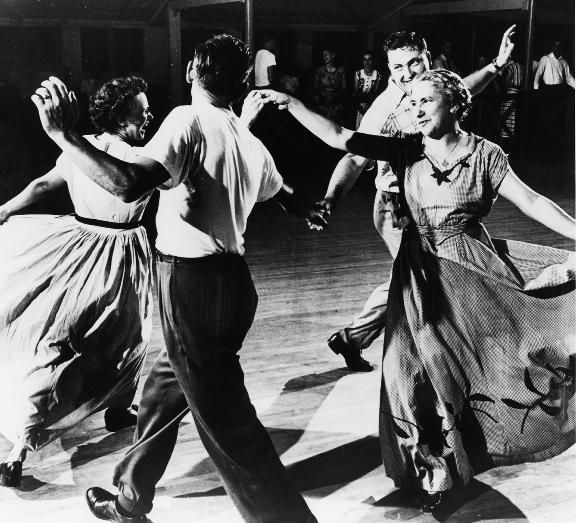 wiki
wiki For the film, see Country Dance.
Country Dance (literally "Peasant Dance" or "Country Dance") or Country Dance is an English dance in XVII - centuries, originally square dance.
It has four, six or eight dancers or even more. The dancers are arranged in a circle, in a square or in two columns. Very quickly this last formation prevails, allowing the progressive development of the dance to an unlimited number of dancers. If these figures are accurate, initially they do not often remain in the dancer's imagination and settle on in XIX - m .
The first edition of Country Dances dates from 1651, when John Playford published the first edition of The English Dance Master .
Not to be confused with square dance derived from square dance in XIX - th century.
Summary
- 1 General
- 1.1 Principle
- 1.2 Levels
- 1.3 Choreographies nine0049
- 2 country in France
- 2.1 Balls
- 2.2 Regular pot
- 3 steps
- 4 Derivatives
- 5 Notes and references
General
Principle
Country dances all kinds of country music: waltz, cha-cha-cha, Irish, rock, pop and even tango, etc. Each music played during a country ball may lead to the performance of one or more choreographies. The same choreography can be performed on several pieces of music. Today it is more than 2000 choreographies. The principle is simple: you need to repeat the choreography on a certain number of walls. The starting wall, called the "12 o'clock wall", is by convention opposite the musicians during the concert, otherwise opposite the audience. The dances mostly consist of two or four walls, but some have only one, while others dance in a circle, in pairs (dance with partners ) or face to face (dance contra ). Some choreographies, such as Lookout , are mostly danced diagonally, i.e. between two walls. Others use diagonals of only a few steps, such as I am running towards you .
Some choreographies, such as Lookout , are mostly danced diagonally, i.e. between two walls. Others use diagonals of only a few steps, such as I am running towards you .
The choreography consists of 8-beat parts (6 in the case of waltzes). The shorter dances are 16 beats (very rarely less, for example Pick a Bale has 8 beats), the vast majority of dances are 32, 48 or 64 beats, and sometimes much longer. Some like " Where the wind blows" or " Centurion" exceeds 100 beats.
Certain choreographies can contain the tags (part of the choreography is added exclusively) or restart (the choreography starts again at the beginning). Some particularly advanced choreographies combine several different tags and several restarts of . The complexity of the dance is often subjective: it depends, of course, on tags , restarts , the length of the choreography, but also from the beginning, style and many of the sensations that music has.
Anyone can create a country dance choreography if it meets certain criteria. There are some favorite dances that we find very often in ballrooms such as Toes , Home to Louisiana , Irish Stew , Easy Come Easy Go . A dance with as many dancers as possible on the floor, which is usually one of the premieres in the National country dance pot, is country .
Levels
Country dances include different difficulty levels: beginner, beginner, intermediate and advanced. Dancers may well stay at the same level for several years.
Choreographies
The choreographies below are sorted by level. The level is indicated in the step sheet written by the choreographer.
| Choreography for beginners nine0138 | Novice Choreography | Intermediate choreographies | Advanced choreography | Other choreographies |
|---|---|---|---|---|
| Cheyenne | Lay | California blue | Holy Moth | Billy's Dance ( partner ) |
| Easy come, easy go | Lips so close | Soul Counted | Flame floor | Mexican Wind ( partner ) |
| Hooked the country | Not fair | Doctor doctor | Kansas is no more | Seminole Wind (Circle ) |
| Lindy shuffle | South of Santa Fe | Long hot summer | overnight stay | Texas Waltz ( partner ) |
| Sheriff Tango | White rose | We are tonight nine0150 | Peaceful Valley | Wanderer ( vs ) |
Country in France
It is thanks to the American Robert Vanstreet (1960-2010) that we are indebted to import country dances to France, thanks to the creation in 1993 in Paris of the first amateur club Les Amis08 Far West 90.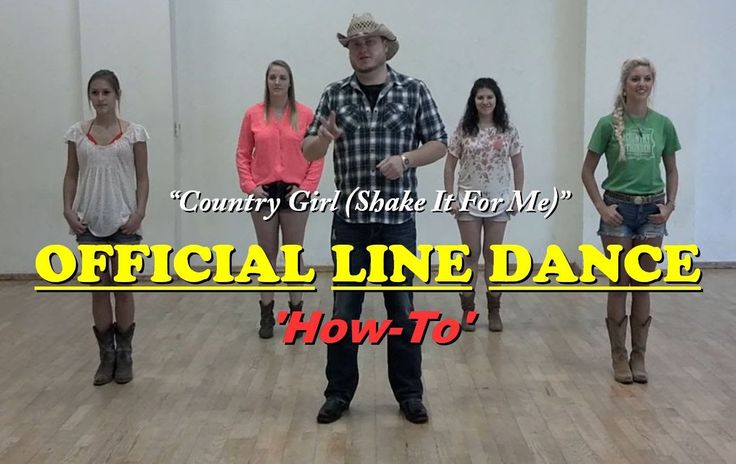 He is also the author of several choreographies including Love Dance and Black Pony . Since then country dances became popular, attracting large audiences.
He is also the author of several choreographies including Love Dance and Black Pony . Since then country dances became popular, attracting large audiences.
Balls
Balls are large gatherings of dancers who come to dance, usually taking place on Saturday evenings or Sunday afternoons. There is usually a list of choreographies that will be performed during the ball. The opening dance is often performed in a country style. The ball can also trigger an initiation, and time can also be reserved for dances on request, that is, where the dancers present can suggest the choreography they want to dance to. nine0003
During the balls you need to know the etiquette of the route . It is a set of rules, more or less unspoken, based mainly on respect and common sense, which allow everyone to dance in good conditions. We can give some basic rules such as:
- Food and drink are strictly prohibited on the dance floor, as is tobacco.

- we do not cross the already formed lines, but simply complete them at the end, or create a new line at the back.
- On the track it is forbidden to carry weapons, even artificial ones, or spurs. nine0044
- you must not stay on the dance floor if you are not dancing. In the event of an accident or collision, it is also customary to apologize and replace the glass of the person who was pushed if he knocked it over.
The division of the dance floor must also be taken into account:
- Part 1: the center of the lane is reserved for stationary dances, in a line, without continuous movement along the lane.
- part 2: intermediate part reserved for progressive pair dances or dances with partners, which include, for example, stops and restarts.
- part 3: the edge of the lane is reserved for progressive dances used by dancers in faster dances.
Regular potty
Once or twice a year, animators meet to select dances to be included in the curriculum and balls.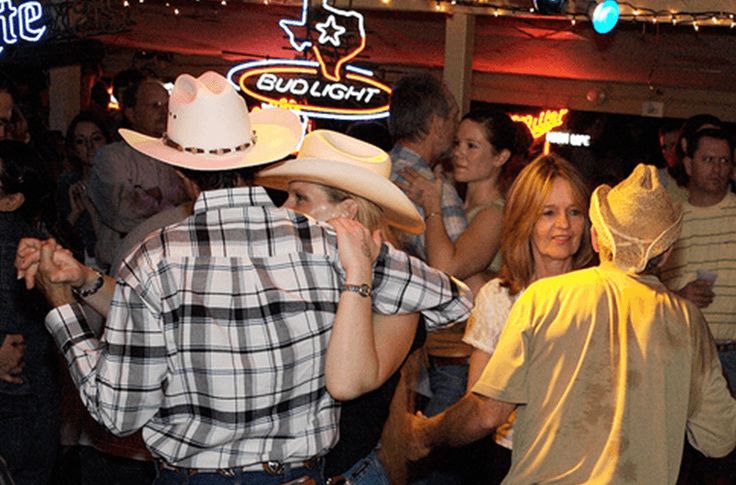 The "National Common Pot" is a short guide that allows every dancer to find what is most popular in France. In addition, each region has its own Common Pot. nine0003
The "National Common Pot" is a short guide that allows every dancer to find what is most popular in France. In addition, each region has its own Common Pot. nine0003
Each animator offers several choreographies of different levels and different styles. Then the animators vote for their favorite chorea. The choreographies that receive the most votes are elected.
No
Here are some of the most popular country steps:
- Triple Pitch : Three pitches similar to hammered pitch.
- Kick : kick with the end of the foot extended.
- Coaster step : 3-step weight change, back: one leg moves back, the other gathers, the retreating leg moves forward. Forward: One leg moves forward, the other gathers, the advanced leg moves back.
- Rock Step : two weight transfers.
- Grapevine : put right foot to the right, cross left foot behind, put right foot to the right with body weight (also done to the left, and also 1/4 or 1/2 turn).
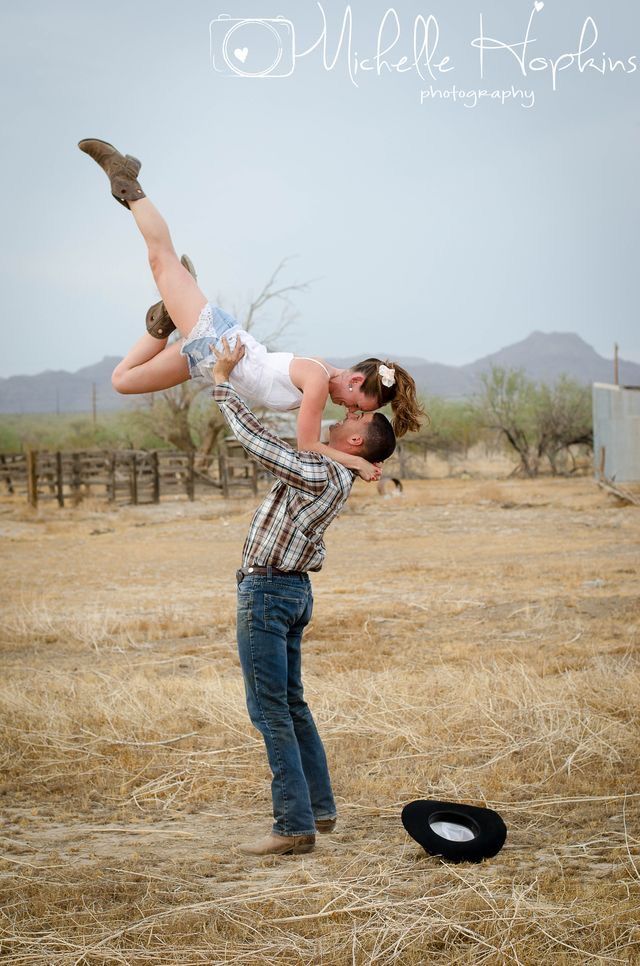
- Stomping : Foot pose with weight transfer by tapping the heel.
Derivatives
We also find more and more dances called line dance or new line , that is, country choreography in very modern music and non-country genres. If the steps used are the same, these choreographies are more likely to use larger developments, glides. You can give, for example, " Rolling in the Deep" and " Watch It Burn" , who danced respectively on Adele's " Rolling in the Deep" and Adele's " Set Fire to the Rain ", Timber's on Ke$ha, or Hey Brother on Avicii.
In response to , the new line, clubs are proposing a return to choreography that is considered more traditional. Steps tend to have a lot of support, with significant use of the heels and toes.
Notes and links
- ↑ "The Legacy of Robert Vanstreet" on the website of association Les Amis du Far West .

COUNTRY AMERICAN DANCE
You can study and download the report-presentation on subject DANCES OF THE WORLD COUNTRY - AMERICAN DANCE. A presentation on a given topic contains 17 slides. Use to view turntable, if the material was useful to you - share it with your friends with using the social buttons and bookmark our presentation site! nine0003
Presentations» Education" NARDIAN DANCES OF THE WORLD COUNTRY-AMERICAN DANCE
Slides and text of this presentation
Slide 1
Description of the slide:
DANCES OF NARDIAN WORLD COUNTRY AMERICAN DANCE pupil of the senior group of the studio "Harlequin" Ishmukhametova Lilia (supervisor Budeeva I.S.)
Slide 2
Slide description:
It is generally accepted that this dance comes from the "Wild West". Modern country is somewhat similar to the dance that the resting cowboys danced in taverns. But the dance itself is part of the whole musical style "Country", this style is the national dance and music of the United States, and it is still popular in most states of America. All over the world there are a large number of styles and varieties of country performance, even the Americans themselves do not know how many of them, but pair dance is the basis. The dance is performed to cheerful, groovy, mischievous music. nine0003
Modern country is somewhat similar to the dance that the resting cowboys danced in taverns. But the dance itself is part of the whole musical style "Country", this style is the national dance and music of the United States, and it is still popular in most states of America. All over the world there are a large number of styles and varieties of country performance, even the Americans themselves do not know how many of them, but pair dance is the basis. The dance is performed to cheerful, groovy, mischievous music. nine0003
Slide 3
Slide description:
"Country dance" (from French, "country dance") - means "a line of men against a line of ladies." There are two main variants of Country dance performance: “Square dance” - “square dance”, is performed by a limited number of dancers: four couples and a “screamer”, which should tell the performers the name of the next figure.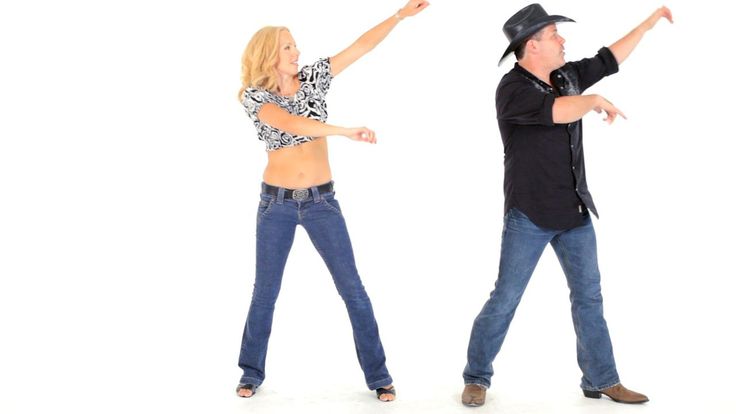 “Line dance” - “line dance”, here any number of performers are allowed, which line up either in one line, or facing each other, or in the back of the head to each other, or the performers become in a circle. nine0003
“Line dance” - “line dance”, here any number of performers are allowed, which line up either in one line, or facing each other, or in the back of the head to each other, or the performers become in a circle. nine0003
Slide 4
Slide description:
Country-style festivities were very popular in the American outback.
Slide 5
Description Slide:
Slide 6
Description Slide:
9000 Performances at various holidays, festivals and competitions nine0003
Slide 8
Slide description:
Line dance - a kind of American country music
Slide 9
Slide description:
Square dance - a kind of American country music
Slide 10
Slide description:
There are two main areas in square dance: 1) Traditional square dance 2) Western Square Dance, also called "Modern Western Square Dance" or "Modern American Square Dance". This modern form of square dance is danced all over the world. In addition, in many states of America, western square dance has the official status of a folk dance. Whereas in traditional square dance all the movements of the dance are predetermined and predictable, the sequence of figures in western square dance develops quite spontaneously. It depends only on the caller which figure will be next in the dance. nine0003
This modern form of square dance is danced all over the world. In addition, in many states of America, western square dance has the official status of a folk dance. Whereas in traditional square dance all the movements of the dance are predetermined and predictable, the sequence of figures in western square dance develops quite spontaneously. It depends only on the caller which figure will be next in the dance. nine0003
Slide 11
Slide description:
The origins of the image
Slide 12
Slide description:
Rhinestone Cowboy
Slide 13
Slide Description:
Slide 14
Slide Description 7: 003
Slide 15
Description Slide:
Slide 16
Description Slide:
9038 9000 American line dance, or country, continues to grow in popularity.
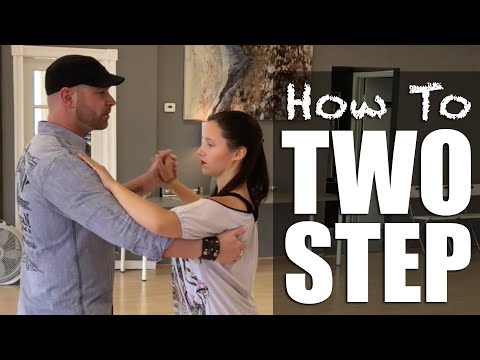

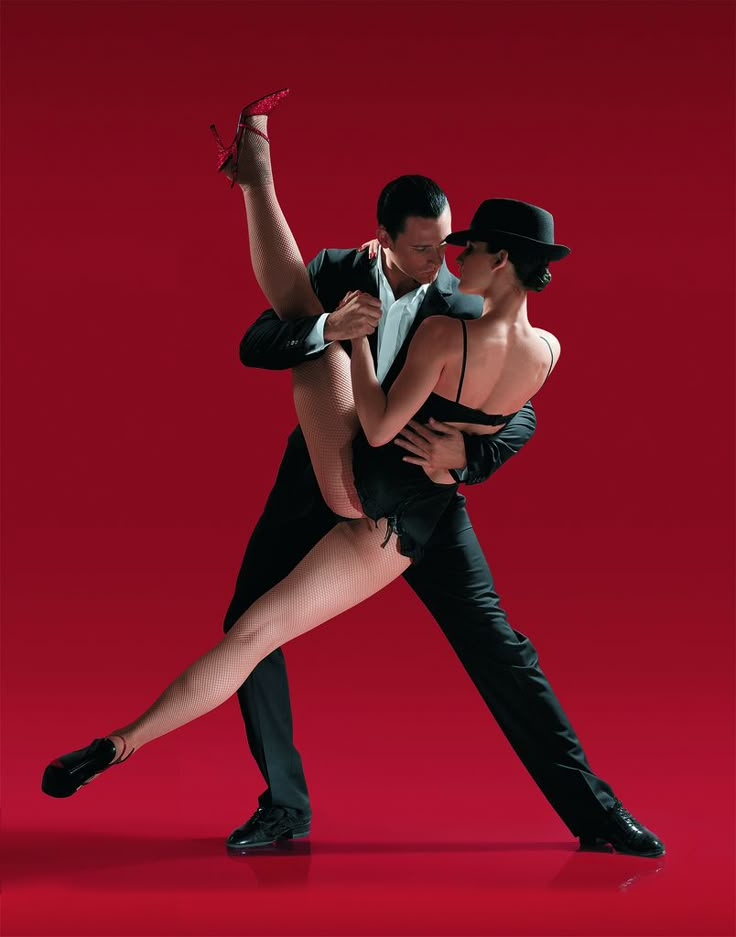


-Step-17.jpg/aid1640374-v4-728px-Shuffle-(Dance-Move)-Step-17.jpg)
